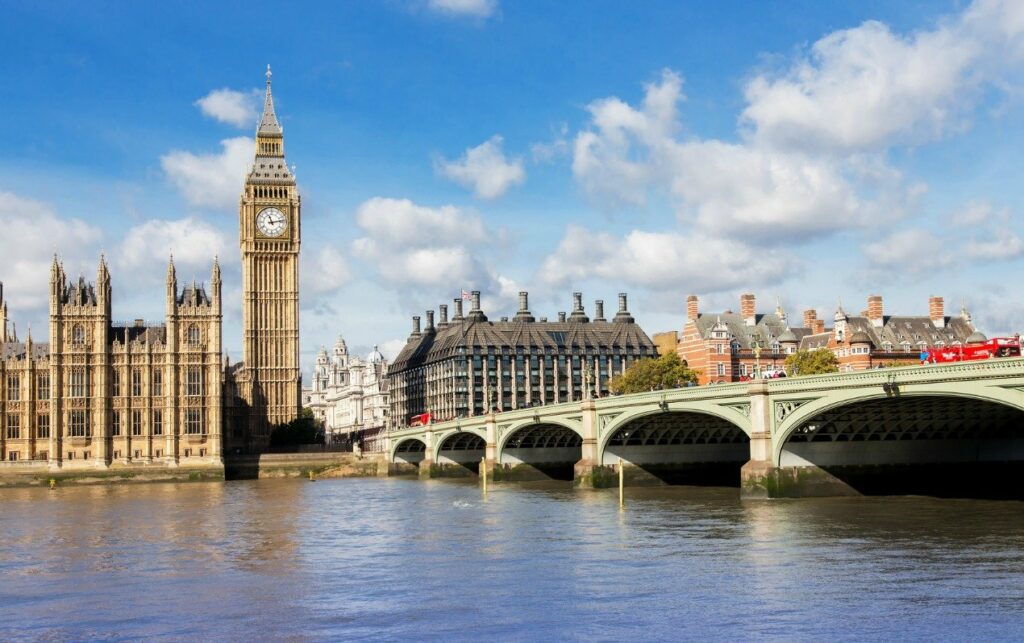From CO2Science: In early 2019, the National Oceanic and Atmospheric Administration issued a coral reef bleaching alert for the subtropical southwestern Atlantic Ocean due to unusually high temperatures. The unprecedented heatwave brought record degree heating week temperatures representing “the highest values ever recorded in a coral reef area during a bleaching event not only for subtropical Brazil, but for the entire South Atlantic.” Consequently, this situation provided an excellent opportunity for a team of Brazilian researchers to investigate the impacts of the unprecedented heat wave on coral bleaching, disease, mortality and recovery. And what did their survey find?
Paper Reviewed: Banha, T.N.S., Capel, K.C.C., Kitahara, M.V., Francini-Filho, R.B., Francini, C.L.B., Sumida, P.Y.G. and Mies, M. 2020. Low coral mortality during the most intense bleaching event ever recorded in subtropical Southwestern Atlantic reefs. Coral Reefs 39: 515-521.
In conducting such an analysis, Banha et al. focused on two subtropical reef locations: a coastal shallow reef near the coastal city of Ubatuba (São Paulo State) and a deeper insular reef located off the Alcatrazes Archipelago. At each location they performed a series of surveys to collect bleaching and mortality data to estimate overall health conditions for Mussismilia hispida coral colonies in response to this unprecedented temperature anomaly.
Banha et al. found that nearly 80% of all colonies surveyed at Ubatuba were bleached or severely bleached, representing “the highest bleaching prevalence ever recorded for a given reef area in the South Atlantic.” Nevertheless, Banha et al. report that “despite such high bleaching prevalence, less than 2% of mortality was recorded in the coastal Ubatuba population and approximately 0.5% of colonies were diseased.” In contrast, significantly less bleaching occurred at Alcatrazes reefs, where only 18.6% of colonies were affected (bleached), 2% showed disease symptoms and 2% showed partial or total mortality. What is more, both bleaching prevalence and severity declined with depth such that no bleaching, disease or mortality was detected in colonies at a depth of 12 meters.
The above findings are quite stunning. Despite experiencing the most intense bleaching event ever recorded in the South Atlantic, no more than 2% mortality occurred in M. hispida populations, which extremely low mortality rate according to the authors “was far lower than for episodes of similar magnitude in other regions, particularly in the Indo-Pacific.” And as for why this low mortality rate was observed, Banha et al. write it “may be explained by biological characteristics that are intrinsic to M. hispida and to the marginal conditions to which they are exposed.”
Whatever the reason, it is clear such remarkable coral tolerance is contrary to alarmist predictions of a total collapse of coral reefs from temperature-induced bleaching events.


